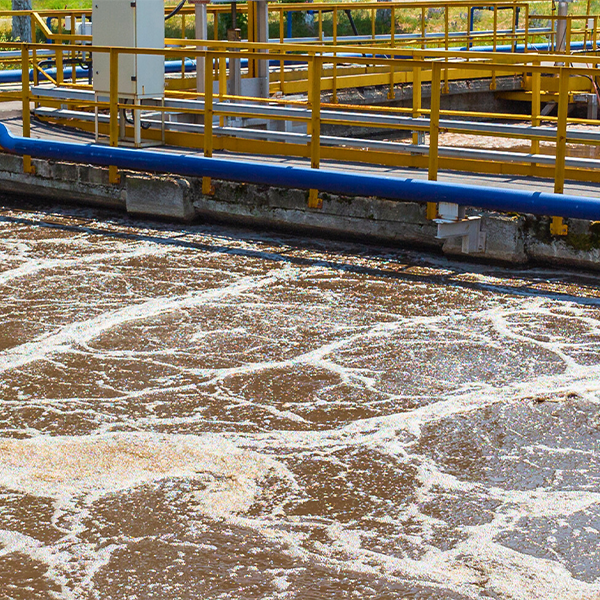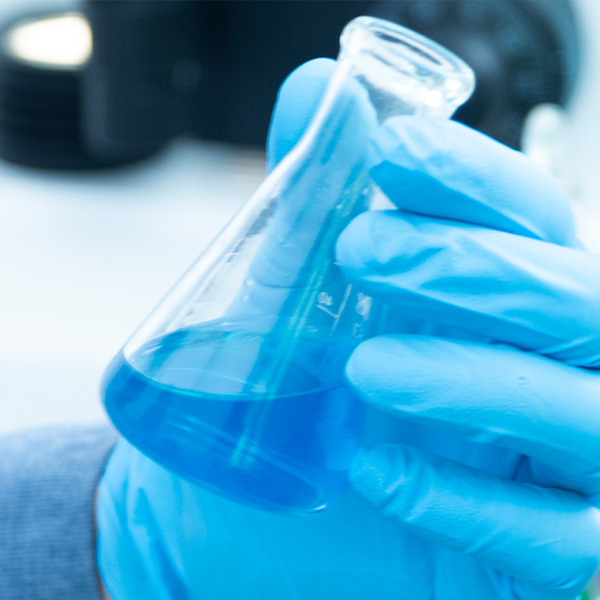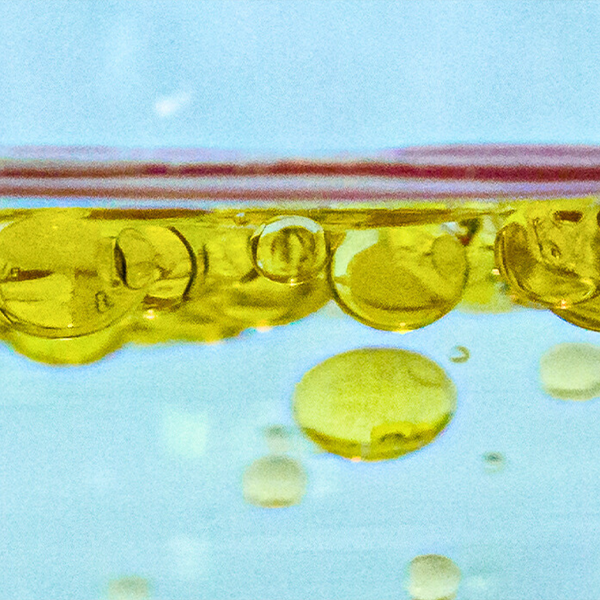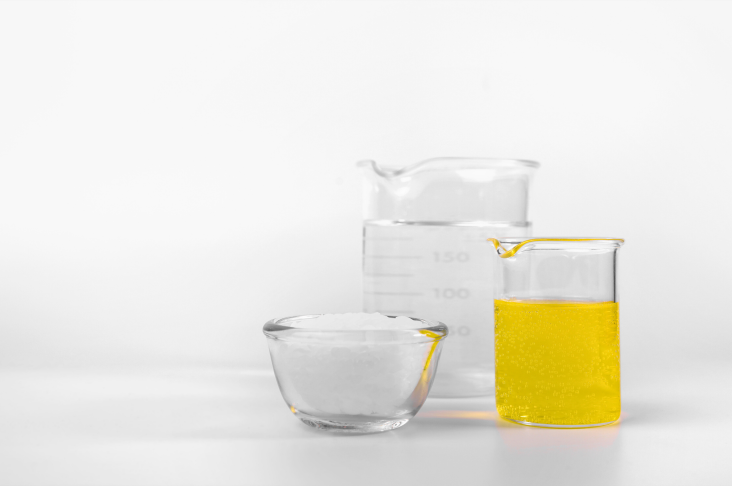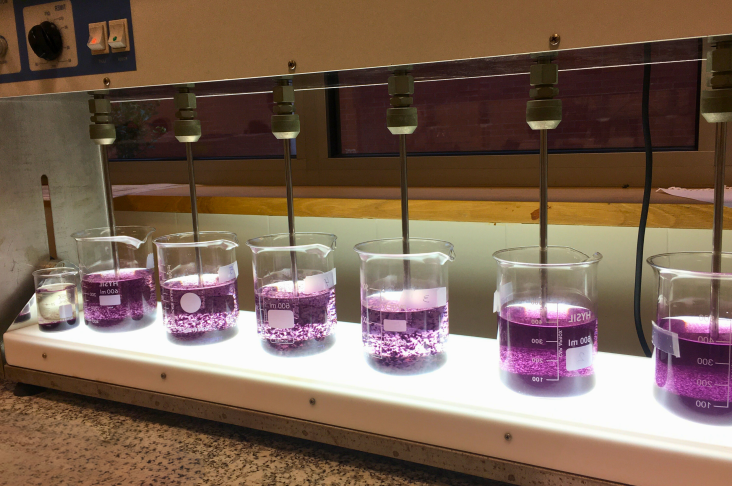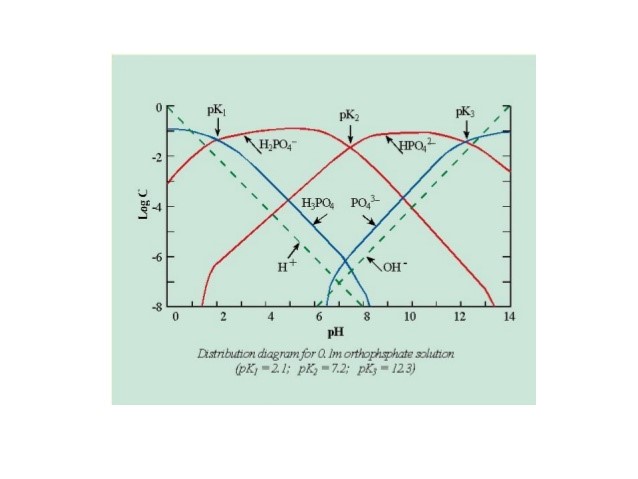
In many types of wastewater, particulate phosphorus—which accounts for about 10% of the total phosphorus and exists in undissolved form—can be removed through primary sedimentation.
Except for the portion used by microorganisms in cell synthesis, the removal of the remaining dissolved phosphorus through conventional biological treatment is quite difficult. The effects of conventional and other treatment systems on phosphorus removal are shown in the table below.
Phosphorus can be removed using chemical, physical, and biological methods. Chemical precipitation with iron or aluminum salts or lime is widely used for phosphorus removal. Biological phosphorus removal, on the other hand, is based on the principle of subjecting microorganisms to stress, causing them to adsorb more phosphorus than is required for cell growth. Many biological processes have been developed as alternatives to chemical treatment.
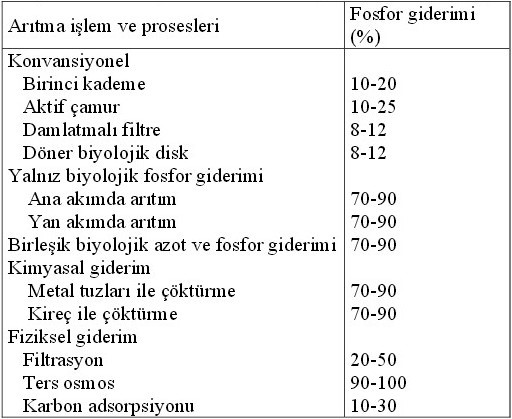
The principle of chemical phosphorus removal is to convert dissolved phosphorus into solid particle form so that it can be separated from the medium. Part of the phosphorus is removed in a conventional secondary treatment system during both the primary and secondary treatment processes. In primary sedimentation, removal is limited to the portion of phosphorus present in particulate form and depends on the efficiency of the clarifier. In secondary treatment, since phosphorus is incorporated into the microbial structure, it is removed along with the microorganisms that settle out during final sedimentation. Thus, the amount of phosphorus removed through conventional secondary treatment is a function of microbial growth.
Under suitable conditions, aluminum, iron, and calcium cations form insoluble precipitates with orthophosphate. Therefore, dissolved orthophosphate is the primary form of phosphorus removed through chemical treatment. Other forms of phosphorus (such as polyphosphates, colloids, and phosphorus-containing particles) are removed by secondary treatment mechanisms such as adsorption, coagulation, sedimentation, filtration, or biological methods.


